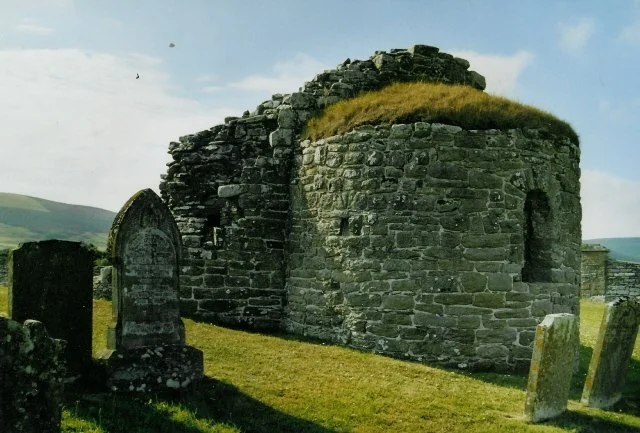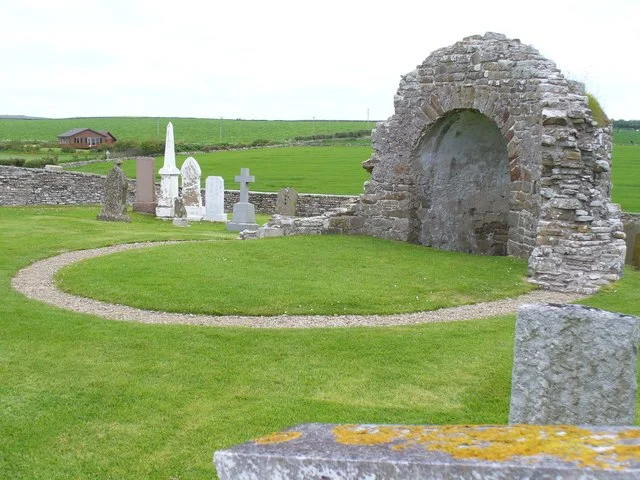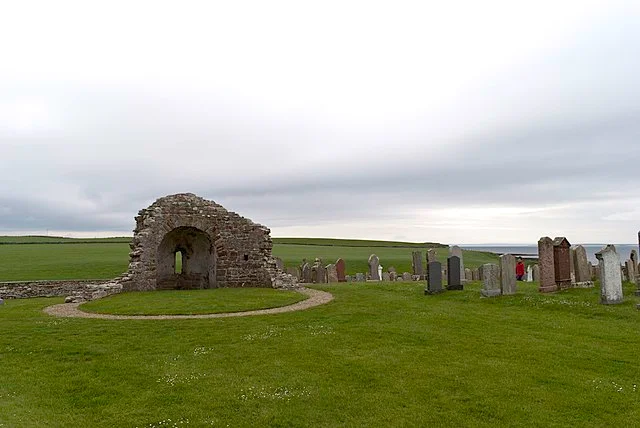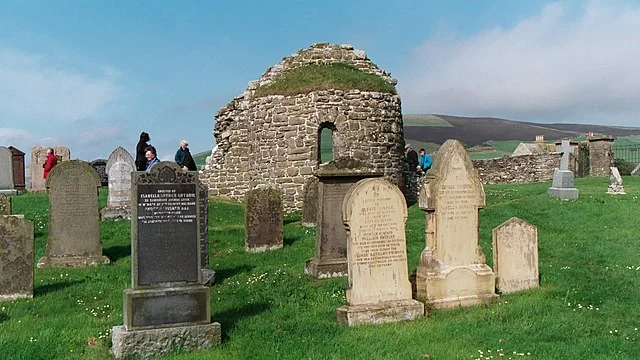The Orphir Round Church is located on the Orkney Islands, Scotland, and dates back to the late 12th century AD. It is one of only a few round churches in Britain, with its design reflecting a blend of both local and European architectural styles. The church is a notable example of medieval ecclesiastical architecture, and it has attracted attention for its historical significance and unique shape.
Get your dose of History via Email
Historical Context

The Orphir Round Church was built during the reign of Earl Harald Maddadson, who governed Orkney in the 12th century AD. It is believed to have been constructed around the time when Christianity was firmly established in the region, following the Norse conversion to Christianity in the 11th century AD. The church is associated with the Norse earls of Orkney, a powerful dynasty that ruled the islands and parts of mainland Scotland.
Architectural Features

The church is circular in design, which sets it apart from most other medieval churches in Scotland. Its construction follows the pattern of round churches found in other parts of Europe, such as those in Scandinavia. This design is thought to symbolize the eternal nature of God, with no beginning or end. The round shape also had practical purposes, such as making the building structurally sound and easy to heat.
The church is built using local stone and features a simple yet effective design. It originally had a central column supporting a domed roof, but only the outer walls and part of the interior remain today. The building is approximately 7.6 meters in diameter. The central space was once divided into three parts: the nave, chancel, and sanctuary. There are no surviving windows, but it is believed that light may have entered through small openings in the walls.
Significance and Legacy

The Orphir Round Church is part of a larger complex of Norse structures in the area, including the nearby ruins of Earl Harald’s Palace. These ruins highlight the power and influence of the Norse earls in Orkney. The church’s round design is also significant as it reflects the Viking Age’s blending of Christian and Norse traditions.
The site remains important for archaeological research. Excavations have uncovered various artifacts that provide insights into the daily life of the Norse settlers and their Christian practices. The church, along with other Norse sites in Orkney, helps scholars understand the cultural and religious shifts that took place in the Viking world during the medieval period.
Preservation

Today, the Orphir Round Church is a scheduled monument, protected by law. Although the structure has been damaged over the centuries, efforts have been made to preserve its remains. The site is managed by Historic Scotland, and visitors can access the church and learn more about its history through informative displays.
Conclusion
The Orphir Round Church stands as a remarkable testament to the Norse influence on medieval Scotland. Its unique design, historical context, and archaeological significance make it an important site for scholars studying the Norse period and the spread of Christianity in the North Atlantic. Despite the challenges of preservation, it remains a valuable link to Scotland’s medieval past.
Source:

